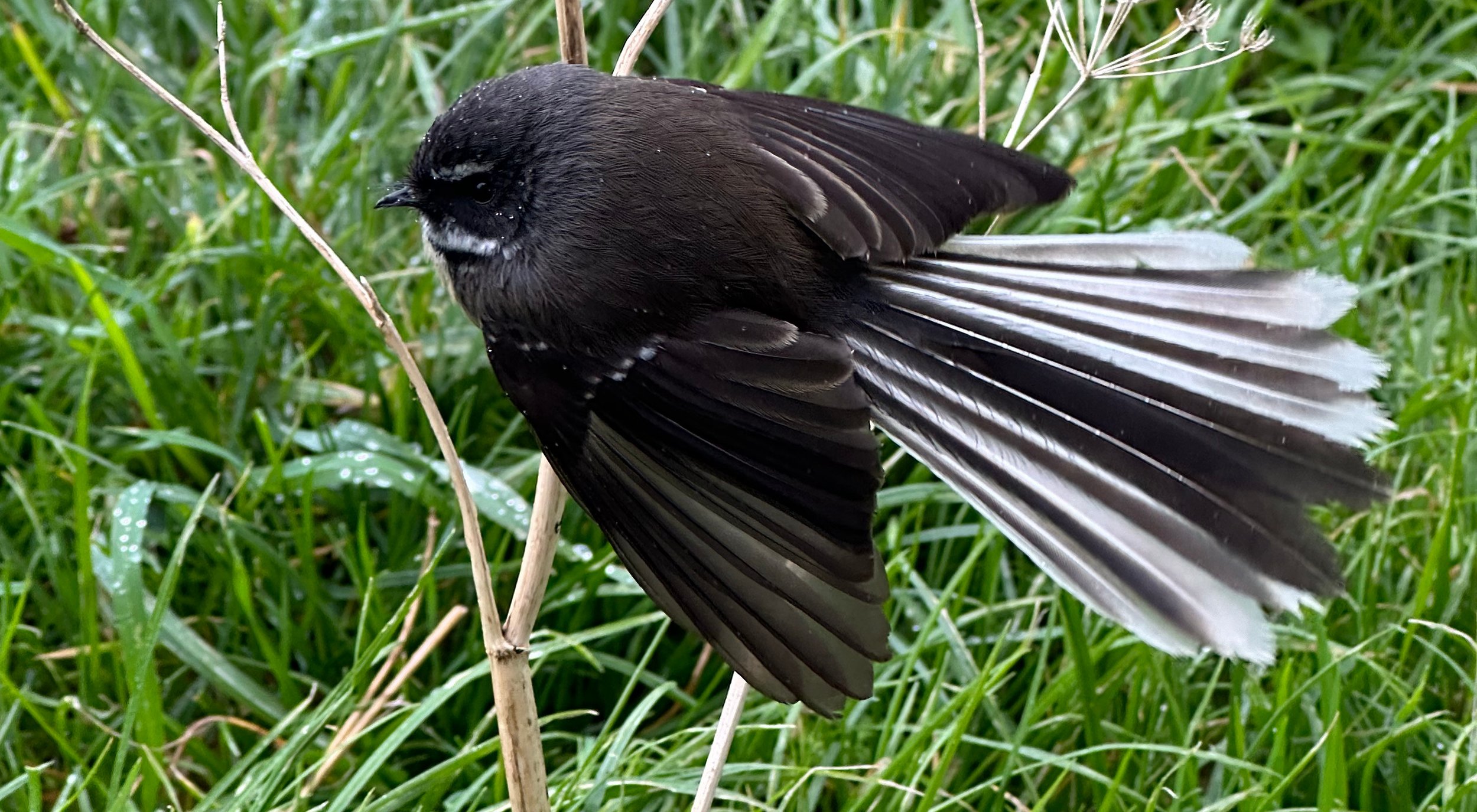The Huis
On August 13, September 10 and October 1, 2023, Friends of Miramar Peninsula held a series of three hui with community groups, iwi organisations and key individuals, with the aim of gathering knowledge and views to attempt to gain consensus on a vision for the peninsula. The hui were professionally facilitated and included both plenary and small group sessions. Friends of Miramar Peninsula, together with volunteers from the hui, undertook to produce the results in this ‘vision’ paper.
Those attending some or all of the three hui were:
Friends of Miramar Peninsula
Mau Whenua
Ngāti Uri
Enterprise Miramar
Predator-Free Miramar
Te Motu Kairangi Ecological Restoration
Miramar Prison Garden
Forest and Bird Wellington
Weta Workshop
Heritage New Zealand Pouhere Taonga
Victoria University of Wellington School of Architecture
Cycle Wellington
Trails Wellington
Peter Cooke, military historian
Anaru Mepham
Joff Rae
Darcy Nicholas
Ghost Divers
Invited but unable to attend:
Te Rūnanganui o Te Āti Awa
Port Nicholson Block Settlement Trust
Wellington Tenths Trust
Miramar North School
Peninsula Parents

A Zealandia without fences?
(Well, except for the farm fences maybe)
The Process
Values
Agreed outcomes
Outcomes for further consideration
Further engagement and consultation
The hui started by establishing values and high-level outcomes. This allowed specific ideas that emerged later to be tested in terms of how well they fulfilled these values and outcomes. This avoided getting sidetracked or captured by specific concepts early on. There was then wide-ranging discussion of ideas and aspirations.
The values agreed upon were:
Recognition of the underpinning role of mana whenua
Respect for and protection of te taiao, the natural world that contains and surrounds us – the land, water, climate and living beings – and the interconnection of people and nature. including landscape.
Supporting intergenerational connection
Promoting inclusiveness
Upholding the wellbeing of all
Regeneration of the land
Respect for the past
Realising the potential and opportunity to share this place.
Outcomes for the future of the peninsula unanimously agreed upon:
Protection of the highly visible landscape
Preservation of open ridgelines for viewing
Continuation of the land’s predator-free status
Creation of a park, possibly an eco-sanctuary – ’Zealandia without fences’
Restoration of the natural ecology, including stream headwaters and springs
Replacing pines with native vegetation over time
Retaining and protecting pā sites and urupā
Retaining and protecting farm buildings
Retaining and protecting military heritage sites and the Massey memorial
Retaining and protecting the prison garden
Provision of multiple access points for walkers
Providing for a wide variety of casual recreation
Providing non-invasive educational opportunities
Creating a low-traffic environment on the coastal road for walkers, cyclists et al.
Allowing vehicle access into the park for special purposes only, e.g. for farm works, maintenance and events.
There was no support for large-scale development.
Some possible uses for the area had support from some but not all hui participants. We recommend these ideas be explored further during wide public engagement.
Mountain bike tracks: should they be allowed? If so, how many and where?
Structured gateways: should these be incorporated at entrances to the park?
Dogs: should they be allowed? On-lead or off-lead? Where?
Private vehicle access from Shelly Bay to Scorching Bay: should this continue, or be wholly or partially restricted?
Main prison building: should it be kept, or wholly or partly demolished? If kept, what should it be used for – e.g., museum? accommodation? tourist attraction? plant nursery? base for events? base for activities on the peninsula? visitor centre?
Housing: should there be any? All participants agreed that if there is to be housing it must be of a small scale, location and nature to suit the landscape and be compatible with the agreed vision, values and outcomes.
If there is housing, should residents be permanent, or non-permanent such as artists in residence, farm workers, conservation workers?
Museums/visitor interpretation centres: how many? How should landscape impacts be managed?
Kura: should there be a kura? How should landscape impacts be managed?
Café: should this be permitted? It was noted there are already cafés at the other ‘gateways’ – Shelly Bay and Scorching Bay.
Sculpture park: should this be encouraged and if so where? How could it be designed so it didn’t impact on activities such as filming?
Access: should the park be open 24/7, or controlled by fences and gates?
Entry charge: should the park be free or a charge made?
Staffing/ management/on-site presence: how should these be arranged to protect against fires and vandalism?
Governance: by whom? There was strong desire for an inclusive governance arrangement.
Events and other uses such as film sets: what sorts should be permitted and how should they be managed?
Seaweed farms: should these be allowed?
The hui believed open, honest, comprehensive engagement with the local community and the wider Wellington public and organisations is essential. This would focus on:
raising awareness of the possibilities for the area with those living around the harbour and in the wider region;
presenting the ideas in this vision paper to mana whenua and seeking their views;
testing the ideas and seeking further input from those working in the area, e.g. Predator Free Miramar, Te Motu Kairangi Ecological Restoration, Prison Community Garden, Iwi, military historians, and scientists with local knowledge and information;
liaising with key potential partners, such as museums, universities, and heritage organisations including Te Papa, Heritage New Zealand, Wellington Museum and historical societies;
promoting the vision to decisionmakers, including local MPs, relevant government ministers and departments, Wellington City Council and Greater Wellington;
engaging with other relevant catchment/ community groups, such as:
- yachting/boating clubs
- schools, students, parents
- residents, especially of Miramar Peninsula
- businesses, especially of Miramar Peninsula
- surrounding communities, especially those that face the peninsula, e.g. Eastbourne, Hataitai, Evans Bay
- movie industry
- tourism industry, including Wellington Airport, WellingtonNZ, East-West ferry
- wider New Zealand public.
